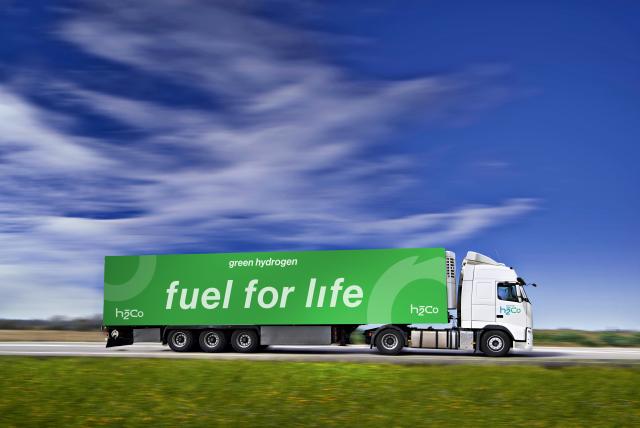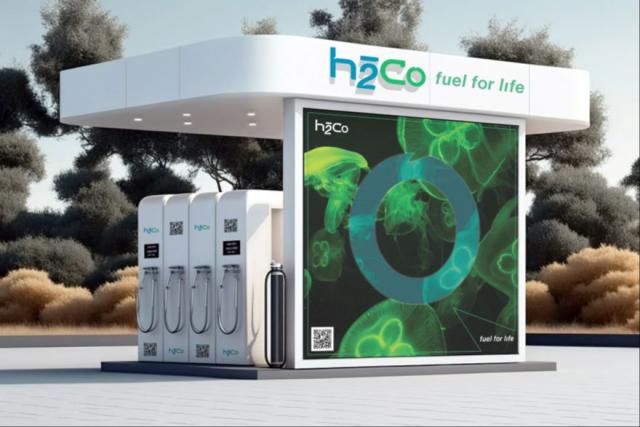Sophie Conlon
Hydrogen powered vehicles could be commonplace on Limestone Coast roads in coming years with Countrywide Hydrogen aiming to build a ‘Hydrogen HyWay’ from Adelaide to Melbourne by 2027.
Countrywide Hydrogen managing director Geoffrey Drucker said the company had built Australia’s first HyWay in Tasmania and were now undertaking a feasibility study to bring the idea to the mainland.
Mr Drucker said the Adelaide to Melbourne route, via Mount Gambier/ Berrin, Portland and Warrnambool, had been chosen for Australia’s second HyWay as it was a heavy transport corridor with interest among local road transport operators to reduce emissions.
“That’s the route that we’re focusing on because there’s not only a lot of road transport within those regional centres, but also back to Adelaide and across to Melbourne, so that’s what we’re keen to decarbonise,” he said.
With the feasibility study looking into how the project would work still underway, Mr Drucker said there would likely be charging points in Adelaide, Mount Gambier/ Berrin and Melbourne and a hydrogen production facility in Portland.
“Our focus is on green hydrogen, which means that we use renewable electricity to produce hydrogen,” he said.
“The way we do that is we have an electrolyser and when electricity goes into an electrolyser it splits water, which is H2O, into hydrogen and oxygen and we capture both of those gases, that’s quite a simple process.”
Once split, Mr Drucker said the hydrogen would be captured, compressed and stored, where it would then be able to be transferred and pumped like LPG.
“It’s very safe and very straightforward, just like filling up with LPG in a petrol station,” he said.
Mr Drucker said Mount Gambier/ Berrin would be an ideal point in the HyWay because it was the halfway point between Adelaide and Melbourne, in close proximity to Portland, and in South Australia allowing for a relationship to be built with the state government.
“The South Australian government is very proactive in terms of reducing emissions and looking after the climate and we’re keen to be able to work with the with the South Australian Government to see how we can maybe draw on the resources that they will have,” he said.
“They’ll have enormous resources in terms of road transport operation in South Australia, the volume of road transport where the heaviest loads are, to help us decide where we need to have refuelling stations.”
As well as working with the state government, Mr Drucker said Countrywide was keen to build relationships with key industries in the region like timber, livestock and producers.
Hydrogen fuel cell trucks are expected to hit the Australian market in 2025 and Mr Drucker said with the right infrastructure, like the Hyways, in place they would be the ideal choice of vehicles moving forward.
He said this was because they could travel long distances without the recharging time and could potentially carry heavier loads than traditional battery electric vehicles,
“With a battery electric truck, the battery weighs an enormous amount so if you lose the carrying weight of the vehicle because you’re carrying the battery around, it just doesn’t make economic sense,” he said.
“So it’s really those trucks that are on the roads for long periods of time, carrying heavy loads, or carrying over distances [that will benefit].”
An average truck would need between 40 and 45 kilograms of hydrogen to refuel and Mr Drucker said using 10 megawatts a hydrogen production facility would produce 4.5 tons of hydrogen daily.
While the cost of a hydrogen fuel cell truck was about double that of a diesel truck, Mr Drucker said the long term costs were much less and the two options would be comparable over the life of the truck.
“It’s really efficient, it’s just like driving an electric car, no noise, no smell, no, no vibration, no emissions,” he said.









